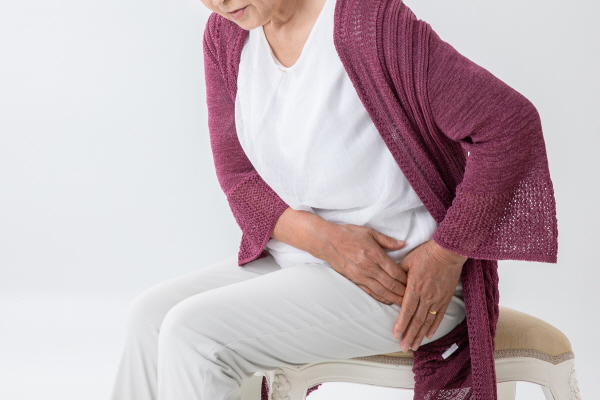
(Shutterstock)
In our lives, we are exposed to harmful substances without our knowledge. One of them is cadmium. Cadmium accumulates in our body through smoking and food. In particular, it is difficult to avoid exposure to cadmium in daily life because it is accumulated through fine dust. Above all, when cadmium accumulates in the body, it can cause problems with kidney function, parathyroid hormone, and vitamin D metabolism, which are involved in bone formation.
Therefore, in menopausal women with low bone density, efforts to prevent cadmium exposure are needed. Bone mineral density reaches its peak around age 35 and gradually decreases. In women, bone mineral density decreases very rapidly as menopause occurs around the age of 50. For this reason, studies on the relationship between blood cadmium in the blood and bone mineral density in menopausal women are being actively conducted abroad, but sufficient research has not been conducted in Korea.
Accordingly, the research team of Korean medicine doctor Eun-san Kim of the Spine and Joint Research Institute (Director Inhyuk Ha) analyzed the effect of cadmium in the blood on osteoporosis and osteopenia in Korean menopausal women. As a result, it was found that as the blood cadmium concentration increased, the risk of osteoporosis increased by up to 3.63 times in terms of Odds ratio∙OR. The paper was published in the January 2021 issue of’Archives of Osteoporosis (IF=2.017)’, an SCI(E) level international academic journal.
For the study, the research team selected 1,031 menopausal women aged 50 years or older who participated in the National Health and Nutrition Survey (2008-2011) as subjects for the study. To confirm their diagnosis of osteoporosis and osteopenia, the’T-score’ was used, which is based on the difference between the average BMD of healthy young adults. If the T-score is less than -2.5, it is defined as osteoporosis, and if it is between -2.5 and -1.0, it is defined as osteopenia. Blood cadmium levels were divided into quartiles by directly extracting and testing the patient’s blood.
The research team calculated the odds ratio by performing Multinomial Logistic Regression to confirm the relationship between blood cadmium and osteoporosis. The odds ratio value is used to verify the degree to which the difference in probability of occurrence of a specific event is significant when comparing groups. In this study, the higher the odds ratio, the greater the risk of bone mineral density disease.
As a result of the analysis, when the cadmium concentration in the blood was in the third quartile, the risk of bone mineral density disease was greatest. The risk of osteoporosis was 3.63 times (OR=3.63) higher. The risk of osteopenia increased by 3.22 times (OR=3.22). However, when cadmium in the blood was in the quartile, the risk of bone mineral density disease was lowered, which seems to be because the study subjects in the quartile took osteoporosis drugs. When all patients taking osteoporosis drugs were included as osteoporosis patients, the difference in odds ratio between the third and fourth quartiles decreased. Based on the results of the study, the researchers found that cadmium increased the risk of bone mineral density in menopausal women.
“Through this study, we have confirmed that there is a relationship between blood cadmium levels and osteoporosis,” said Eun-san Kim of Jaseng Oriental Medicine Hospital. I can see it.”

▲ Researcher Eunsan Kim, Spine and Joint Research Institute, Jaseng Oriental Medical Hospital (Jaseng Oriental Medical Hospital)
